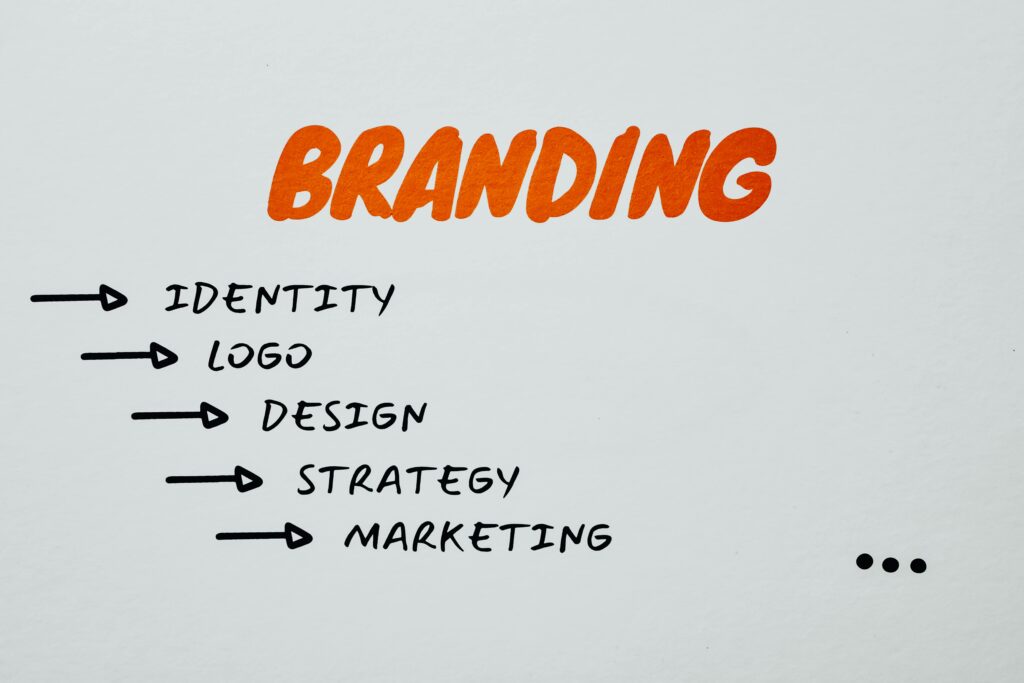Modern branding has evolved far beyond catchy slogans and attractive logos. Brands must navigate a complex landscape of changing consumer behaviours, driven by technological advancements and shifting societal norms. Digital transformation has redefined how brands interact with consumers. The proliferation of smartphones, social media platforms, and e-commerce has created an always-on, connected world. This connectivity allows brands to reach consumers anytime, anywhere.
Social Media and Brand Engagement
Social media platforms have become essential tools for brand engagement. They offer a direct line of communication between brands and consumers, fostering a sense of community and loyalty. Brands can leverage social media to share their stories, values, and personality, creating a more humanized brand image. Moreover, social media allows for real-time feedback and interaction, enabling brands to respond swiftly to consumer needs and concerns.
E-commerce and Omnichannel Strategies
The rise of e-commerce has changed the way consumers shop. Traditional brick-and-mortar stores are no longer the sole touchpoints for brand interaction. Consumers now expect seamless experiences across multiple channels, from physical stores to online platforms and mobile apps. Brands must adopt omnichannel strategies to provide a consistent and integrated experience, ensuring that consumers can interact with the brand effortlessly, regardless of the platform.
Changing Consumer Habits
Modern consumers are more informed, discerning and demanding than ever before. Several key trends in consumer behavior are influencing branding strategies:
Demand for Personalization
Consumers today seek personalized experiences. They expect brands to understand their preferences, behaviors, and needs, and to offer tailored products and services. Advanced data analytics and artificial intelligence enable brands to gather insights and deliver personalized experiences at scale. By leveraging customer data, brands can create targeted marketing campaigns, personalized recommendations, and bespoke products, fostering deeper connections with consumers.
Emphasis on Authenticity and Transparency
Authenticity and transparency have become crucial factors in consumer decision-making. Modern consumers value brands that are genuine, ethical, and socially responsible. They are more likely to support brands that align with their values and demonstrate a commitment to social and environmental causes. Brands must be transparent about their practices, from sourcing materials to labour conditions, and actively communicate their efforts towards sustainability and corporate social responsibility.
Influence of User-Generated Content
User-generated content (UGC) has emerged as a powerful force in shaping brand perception. Consumers trust the opinions and experiences of their peers more than traditional advertising. Brands can harness the power of UGC by encouraging customers to share their stories, reviews, and testimonials. By amplifying authentic customer voices, brands can build credibility, foster trust, and create a sense of community.
Adapting Branding Strategies
In response to digital transformation and changing consumer habits, brands must adopt agile and adaptive strategies. Here are some key approaches:
Leveraging Data and Analytics
Data-driven decision-making is at the core of modern branding. Brands must invest in robust data analytics capabilities to gain insights into consumer behavior, preferences, and trends. By analyzing data from various touchpoints, brands can identify opportunities, optimize marketing campaigns, and refine their strategies to stay ahead of the competition.
Creating Compelling Content
Content is king in the digital age. Brands must produce high-quality, engaging content that resonates with their target audience. This includes a mix of informative articles, visually appealing images, entertaining videos, and interactive experiences. Storytelling is a powerful tool for building emotional connections with consumers and conveying the brand’s values and mission.
Embracing Innovation
Innovation is key to staying relevant in a rapidly evolving digital landscape. Brands must be willing to experiment with new technologies, platforms, and marketing techniques. This could include adopting augmented reality (AR) and virtual reality (VR) for immersive experiences, utilizing chatbots for customer service, or exploring the potential of blockchain for transparency and security.
Branding in the digital age requires a dynamic and adaptive approach. As digital transformation continues to reshape consumer behaviour, brands must stay attuned to evolving trends and leverage technology to create meaningful connections with their audience. By embracing personalization, authenticity, user-generated content, and data-driven strategies, brands can navigate the complexities of the modern market and build lasting relationships with consumers. In this ever-changing landscape, the ability to adapt and innovate will determine a brand’s success in the digital age.








